5. Silkwood (1983)
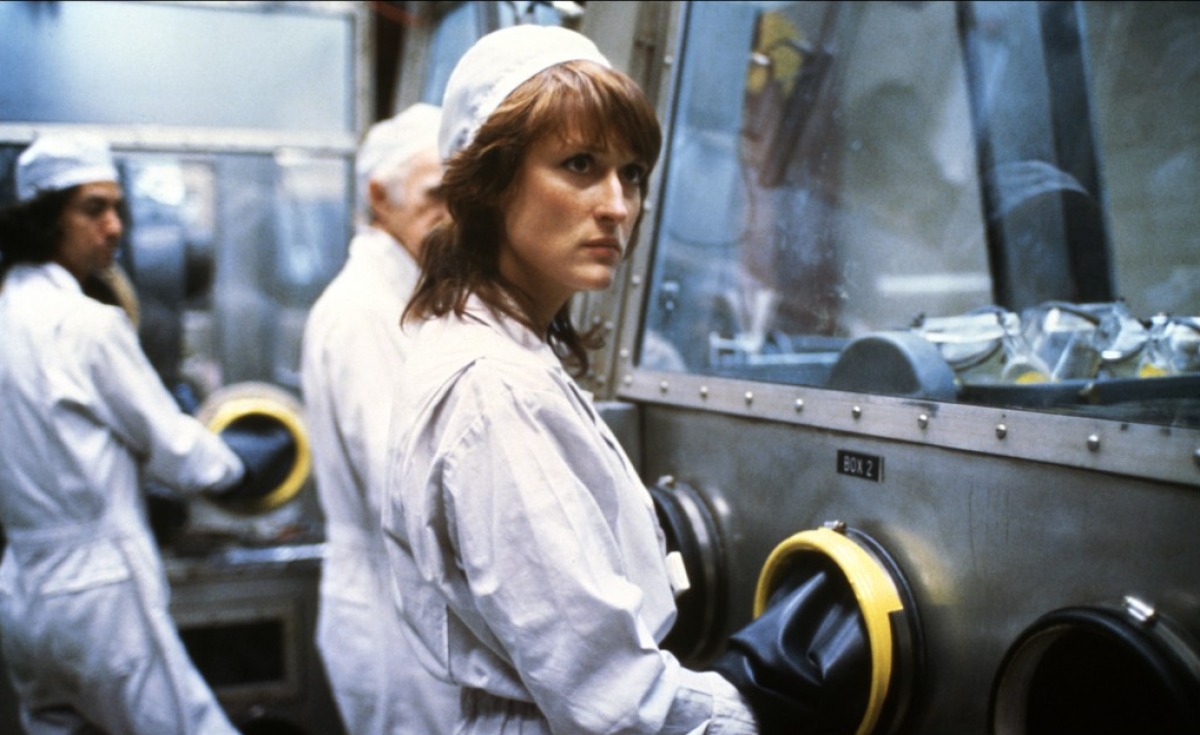
Right after the success of “The China Syndrome,” Hollywood started to produce more nuclear-themed films that deal with the fear of radiation. “Silkwood” was inspired by Karen Silkwood, an American chemical technician and labor union activist known for raising concerns about corporate practices related to health and safety in a nuclear facility. She died in a car crash under unclear circumstances.
In the film, she’s portrayed by Meryl Streep in one of her best performances. Karen Silkwood is a mother, a friend, a girlfriend, and a great worker at Kerr-McGee Cimarron Fuel Fabrication Site. Since she’s concerned that the corporate practices may affect the health of the workers, she becomes a union activist, and she also thinks that the managers are falsifying safety reports and cutting corners.
Along with “Erin Brokovich” and “Norma Rae,” “Silkwood” is among the best films with similar subject matters. A remarkable and important film, “Silkwood” deals with corporate greed, the courage to stand up against the powers that be, and of course, nuclear danger. Mike Nichols and the late Nora Ephron managed to create an honest, convincing portrayal of real-life ordinary people, and the amazing cast helps us to overlook any possible flaws.
4. Come and See (1985)
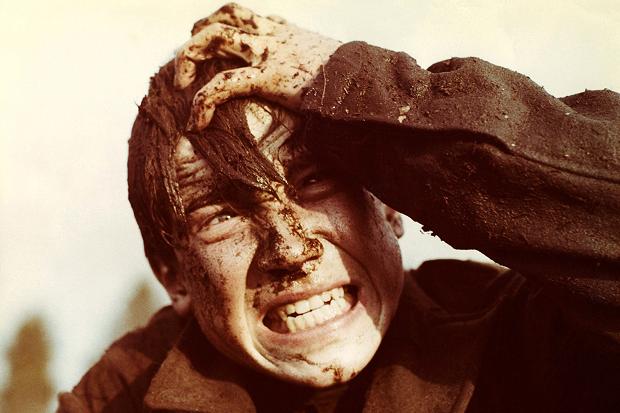
When the “Chernobyl” creator was asked about his influences on the film, he cited the Russian/Belarussian Soviet classic “Come and See,” which he said is the “best war film ever made.”
Indeed, there are many frame-by-frame references there, and one would think it’s strange that the Soviet film he comes up with is something that was made before the Chernobyl disaster and has nothing to do with the disaster itself; it’s perfectly clear why he loved it and why he hoped to have a tone similar to “Come and See.”
Mazin said, “It somehow manages to be restrained and unblinking all at the same time. Hard to watch. Important to watch,” and he’s right: it’s one of the most disturbing, most heartbreaking, most haunting films ever made.
The last film directed by Elem Klimov (who previously made other interesting films like “Agony” and “Farewell”), “Come and See” is about the Nazi occupation of Belarus, a young boy who joins the Belarussian resistance movement, and the tragic consequences of war. It’s a film like no other and is a masterpiece of Soviet filmmaking.
It was Francois Truffaut who said that it’s not possible to make an anti-war movie, because all war movies, with their energy and sense of adventure, end up making combat look like fun. If Truffaut had lived to see “Come and See,” who knows, maybe he could have changed his opinion.
It’s a film not to be missed. And while it gained a lot of popularity in the world in the last few decades, one should also mention Larisa Shapitko’s – Elem Klimov’s wife – film “The Ascent,” which is another unsung masterpiece.
3. Raspad (1990)
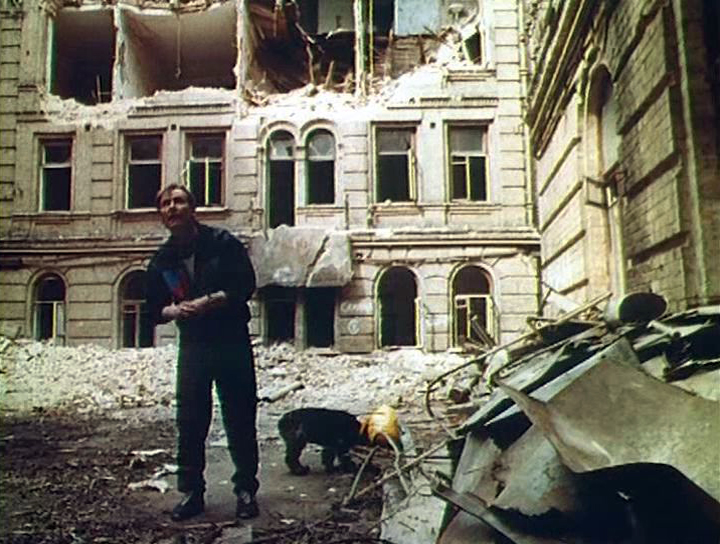
One of the two Soviet films on the list and possibly the first Russian film about the Chernobyl disaster and its consequences, filmed by director Mikhail Belikov. The name reflects not only the disaster itself, but also the main theme of the film: the disintegration of human relations, personal and public as well as probably that of the Soviet Union itself. The film follows a few characters through their trek to the site of the disaster and has kind of a chaotic, messy atmosphere, just like the Soviet Union itself at the time.
Even though it was made on such a limited budget, it makes you feel like you’re visiting the scene of the accident. The stupidity of the authorities, the panic among ordinary people, and the chaotic life are all portrayed very convincingly and this can make it particularly interesting for those who’re interested in history, in Soviet life from a Soviet filmmaker’s perspective at the time when the country was collapsing.
It may not be engaging for everyone, but its unique style of mixing docu-drama with some kind of surreal and nightmarish tone are among the other reasons of why it’s a stand-out film. Criterion needs to get on this as soon as possible.
2. Land of Oblivion (2011)
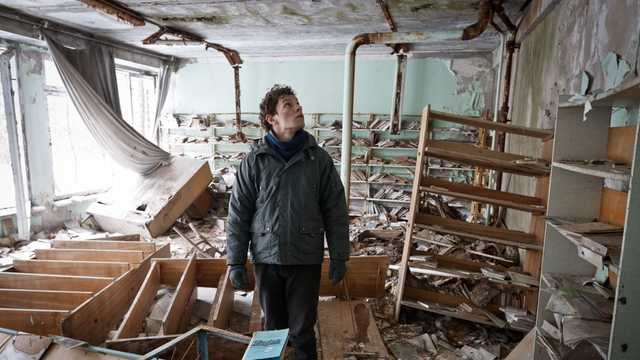
This French production, which was shot on location, takes us back to the lives of ordinary people on April 26, 1986 with all the complexity of the situation. This beautiful film opens with a lovely spring day in Ukraine. The little Valery plants an apple tree with his father Alexei, an engineer at the station.
Anya and Piotr get married and drive in a sidecar on the broken roads that lead to the place of the festivities. Anya and Piotr celebrate their love and they’re full of joy, and then suddenly the accident happens and everything changes.
The narrative of the film never goes too deep into politics, even if its criticism of the government handling the events is at the heart of the film, because this is mostly a movie about the tragedy of Chernobyl from the human angle, of hope and loss.
This is a movie about people wounded by the events. We don’t get to see too much of the accident; instead the movie gets its focus on people and their connection to their homeland and what they feel about the place where they grew up, which makes it a heartbreaking experience.
This is also what happens to our lead character Anya, who’s played by Olga Kurylenko with such grace. She finds herself caught between leaving and staying. Usually Chernobyl-related projects have focused on the accident itself, but “Land of Oblivion” is for everyone who wants to witness the human pain and trauma in those events.
1. Citizen X (1995)
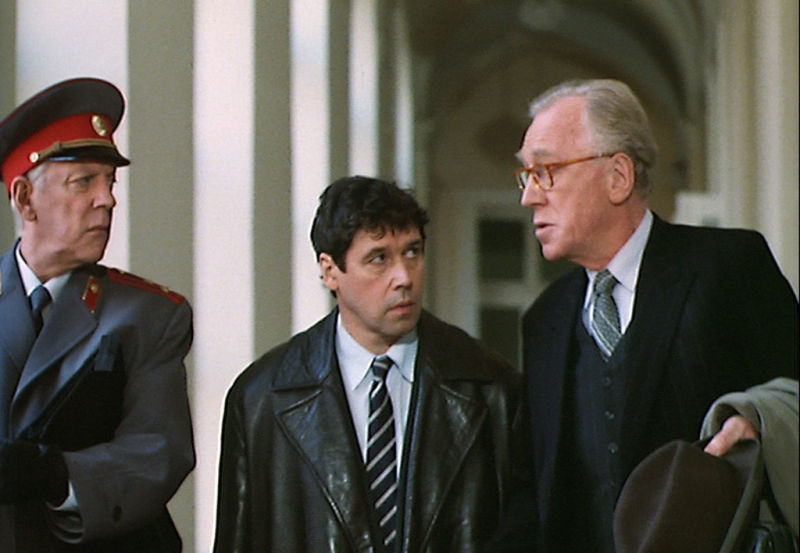
Another HBO project and one of the best television films of its time, “Citizen X” dealt with the Soviet authority’s hunt for Andrei Chikatilo, nicknamed the “Butcher of Rostov” as he committed most of his crimes in the Rostov Oblast, a serial killer who sexually assaulted, murdered, and mutilated at least 52 women and children between 1978 and 1990 in Russia, Ukraine and Uzbekistan.
It’s another tragic page of Soviet bureaucracy, how the government never discusses the event, tries to maintain their “everyone is happy, and no one has a problem in the country” image, as well as ignoring the problem.
The movie was mentioned by show creator Craig Mazin in one of his interviews as well, and considering it’s about a select group of men who tried to catch him whilst working under that bureaucracy makes it thematically similar to “Chernobyl” even more. One of these men is portrayed by Donald Sutherland, who won an Emmy and a Golden Globe for his performance.
Sutherland’s character is somewhat similar to Stellan Skarsgard’s character in “Chernobyl” as they have somewhat similar arcs and are both portrayed by living legends of their countries.
“Citizen X” is yet another powerful film that shows that the “save face” mentality and trying to cover up the truth will only cause more and more problems. Sutherland will star in an HBO project once again next year for “The Undoing,” and hopefully it’ll be yet another amazing collaboration. The movie also won an Edgar Allan Poe award for Best Television Feature or Miniseries.
Honorable Mentions: Apart from fictional titles listed above, there are also several other documentaries that are worth to check out like “Chernobyl Heart” (again, HBO), “Russian Woodpecker”, “Battle of Chernobyl”, “The Voice of Lyudmilla”, “Surviving Disaster” among others. We shouldn’t ignore the powerful acting in the series, and give a mention to “Breaking the Waves” again for obvious reasons.